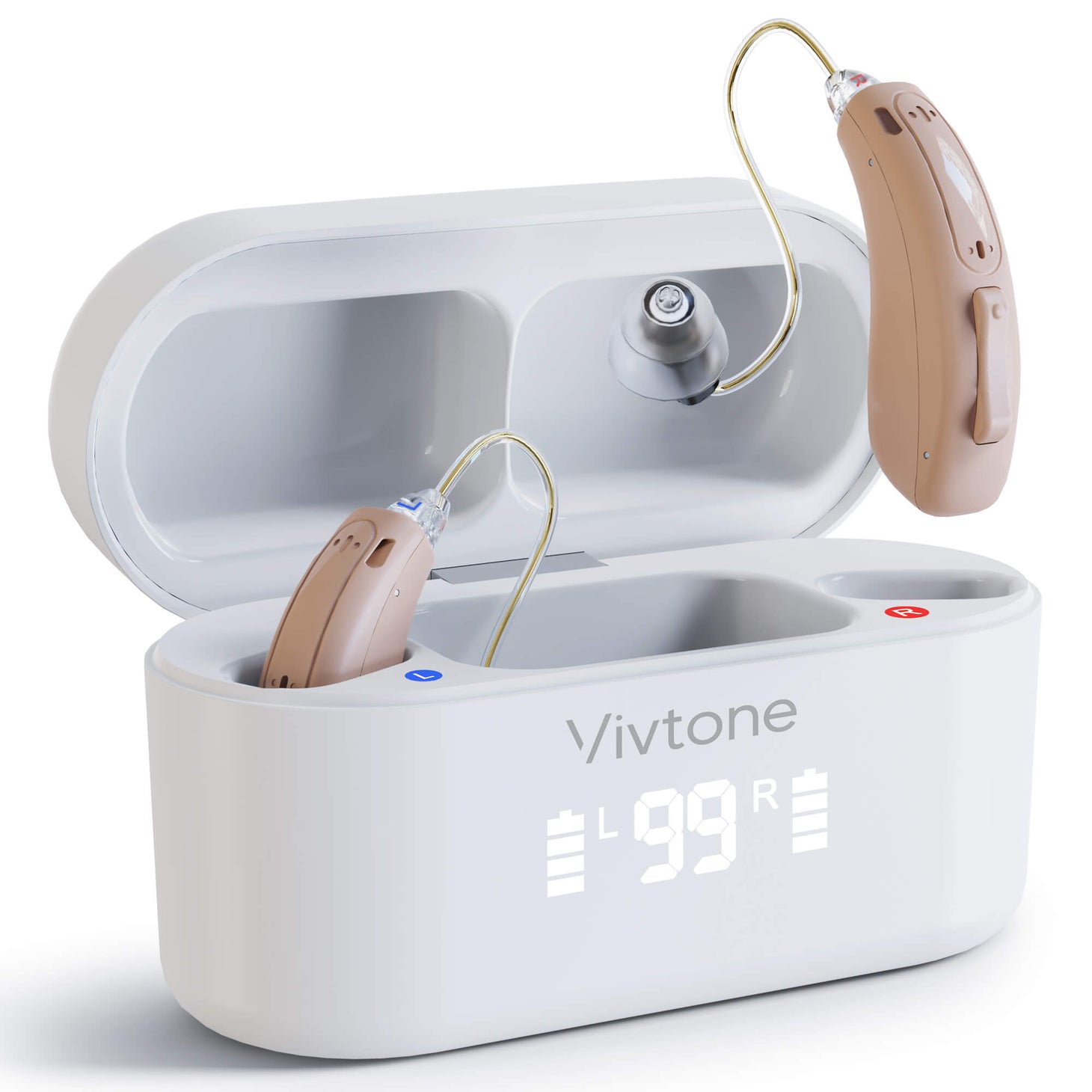Hearing aids are remarkable devices that significantly enhance the quality of life for individuals with hearing loss. Understanding the parts of hearing aids can empower users to make informed decisions about their hearing health. This article delves into the essential components of hearing aids, explaining their functions and importance.

1. Microphone: The Sound Collector
The microphone is one of the most critical parts of hearing aids. It captures sound from the environment and converts it into electrical signals. Most modern hearing aids feature multiple microphones to improve sound directionality. Have you ever wondered how these devices distinguish between background noise and speech? The answer lies in advanced signal processing algorithms that enhance clarity.
2. Amplifier: Boosting the Sound
Once the microphone captures sound, it is sent to the amplifier. The amplifier increases the strength of the electrical signals, making sounds louder and clearer for the user. Depending on the severity of hearing loss, the level of amplification can vary. If you are considering a hearing aid, understanding the amplification capabilities is crucial for optimal hearing experiences.
3. Receiver: Delivering the Sound
The receiver, also known as the speaker, is responsible for converting the amplified electrical signals back into sound waves. This component is essential for delivering the enhanced sound directly into the ear. The quality of the receiver can significantly impact the overall sound experience. Users often report that the clarity of sound can vary based on the type of receiver used in their hearing aids.
4. Battery: The Power Source
A hearing aid is only as effective as its power source. The battery provides the necessary energy for all components to function. There are various types of batteries available, including disposable and rechargeable options. Users should consider their lifestyle when selecting a battery type. For instance, rechargeable batteries may be more convenient for those who prefer not to change batteries frequently.
5. Additional Features: Enhancing User Experience
Modern hearing aids come equipped with various additional features that enhance user experience. These may include:
- Bluetooth connectivity for streaming audio directly from devices
- Noise reduction technology to minimize background sounds
- Directional microphones for improved speech understanding in noisy environments
These features can significantly improve the usability and functionality of hearing aids, making them more adaptable to different listening environments.
Conclusion: Choosing the Right Hearing Aid
Understanding the parts of hearing aids is essential for anyone considering these devices. Each component plays a vital role in ensuring that users receive the best possible auditory experience. If you are interested in exploring options, consider checking out  for a range of hearing aids tailored to your needs.
for a range of hearing aids tailored to your needs.
In summary, being informed about the anatomy of hearing aids can help you make better choices regarding your hearing health. Whether you are new to hearing aids or looking to upgrade, understanding these components will guide you in selecting the right device for your lifestyle.



